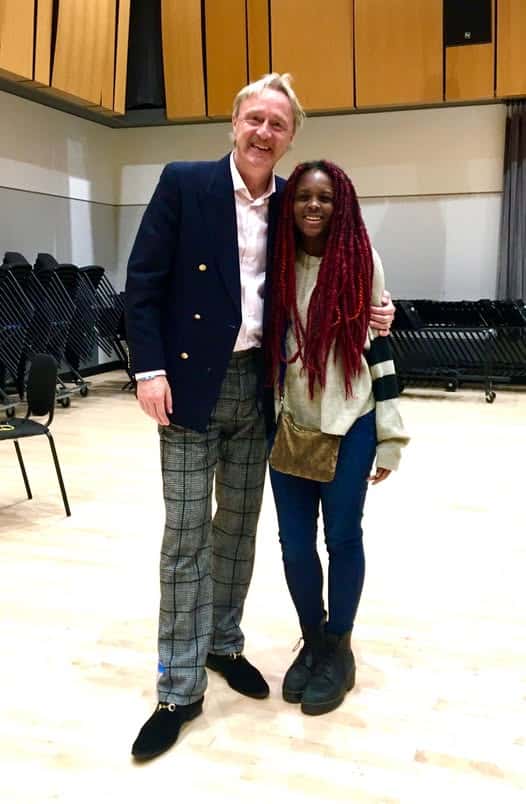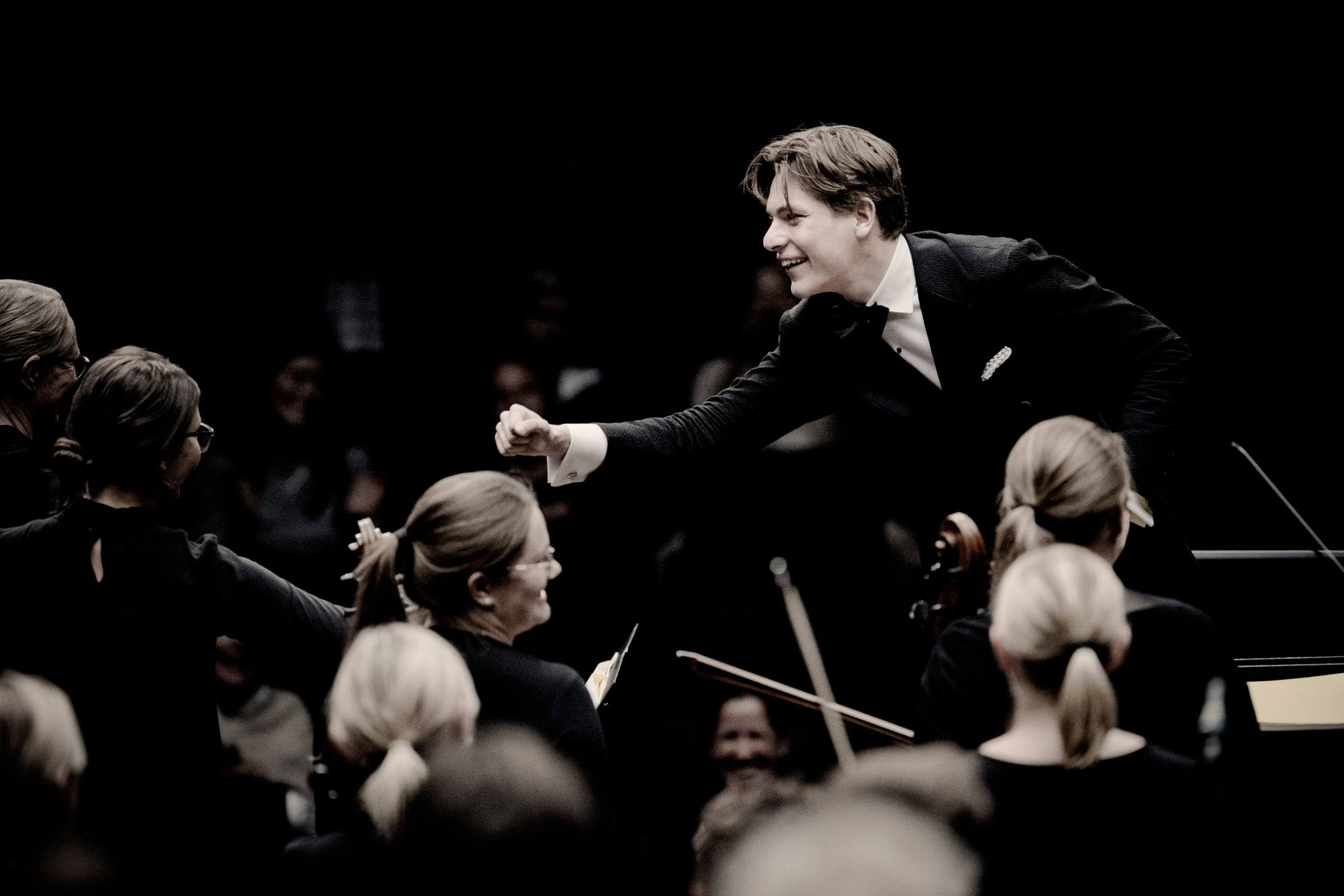Beethoven boffins lash out over failed manuscript sale
mainIt has been alleged that one of the academics who cast doubt on a Beethoven manuscript that failed to sell at Sothebys had previously tried to buy it himself on the cheap.
In a separate development, the world’s leading authority on Beethoven graphology – Professor Otto Biba, Director of the Archive, Library & Collections of the Gesellschaft der Musikfreunde – has declared the Allegretto manuscript to be authentic and is seeking to buy it for Vienna.
Full story here.






Of course, if the purchaser knows it to be inauthentic, a “cheap” price might actually be a fair one. And there are plenty of valid reasons why a Beethoven museum might wish to own it, even if it isn’t in Beethoven’s own writing.
Graphology is not nuclear physics. You don’t need a PhD to compare handwritings.
You just need a complete digital library (the sort of thing Google is providing free to the world) of authenticated manuscripts, and then you just compare the object under inquiry against the digital database.
It looks like these Beethoven academics, unlike scientists, hog their data (viz, their Beethoven manuscripts), because exclusivity creates limited expertise. But academics who have nothing to hide make their data available to all, if not the public then at least to all their colleagues.
Each and everyone of the graphological claims made by these Beethoven experts can be verified by any person with the same access to the databases they have access to.
Well, although there are certainly not complete, such ‘digital libraries’ already exists. At least State Library Berlin, BSB Munich, Beethovenhaus Bonn, ONB Vienna etc. published high-quality scans of all their Beethoven manuscripts online. These are big collections and there is an incredible wealth of ‘authenticated’ material available to everyone interested. You just have to look. Unfortunately, Professor Biba’s institution is the big exception here. Except for a few facsimiles, nothing of the manuscripts can be studied outside of the archive’s building in Vienna, although the collection is supposed to be available to everyone.
However, the ultimate proof of a manuscripts authenticity can only be gained on hand of the physical object itself, e.g. by comparing watermarks, paper thickness, traces of the writing material used etc. There are still a lot of things that you cannot see in a digital image of the object.
The Manchester professor introducing the video isn’t David Flanning, it’s David Fanning. Shame that after 200 years we aren’t allow to hear the complete filmed performance so as to judge what this manuscript sounds like as a Beethoven structure, whatever the handwriting. But it’s 2016. So someone has to sit down with a video editor, fillet the music like a trailer for a documentary, and splice in “talking heads” which could have been in a separate segment.
What has always puzzled me is why precious manuscripts and documents are locked away in vaults, far from the public gaze, seldom to see the light of day. Why should these artifacts be kept away from the public like this? And what’s the point of having them gradually deteriorate, over time, as they gather dust in the darkness? Who benefits?
I would dearly love to see and/or touch a Beethoven manuscript; just to be near one, behind a glass screen, would give me pleasure.